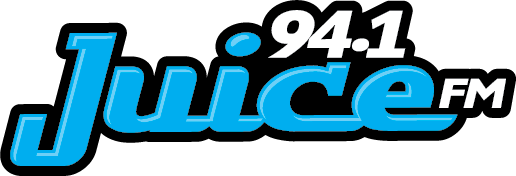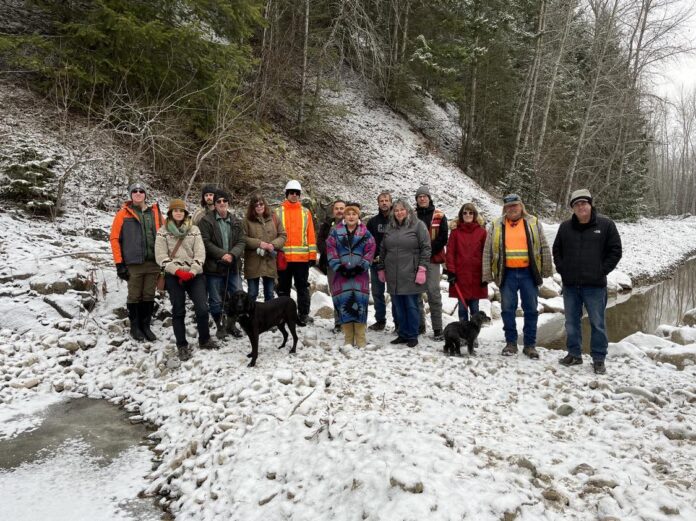The Goat River’s southern channel, for the first time in many years, is filled with rushing water.
The yaqan nukiy (Lower Kootenay Band), with funding from the Environment and Climate Change Canada’s environmental damages fund and Kootenay Tribe of Idaho, completed the Goat River South Channel restoration project on Friday with a tobacco laying ceremony.
Following the ceremony, an excavator removed the dirt and rocks blocking off the newly dug channel, and waters from the Goat River rushed toward the southern channel.
Curtis Wullum, director of development services, says it was an historic moment.
“I can’t imagine the emotions of some of the other community members that are present here today. It’s been 25-plus years in the making and it’s an exciting time for us.”
When filled with water and life, the southern channel of the Goat River was a vital part of the kokanee salmon and burbot ecosystem.
“Once it went dry from gravel extraction and how the rivers moved, we saw a loss of kokanee in what we call the Hunting Grounds, which is at the mouth of the Goat in the Kootenay River,” said Wullum.
“So putting these flows back in will hopefully help build the kokanee population back up.”
Wullum says the south channel was, most likely, at one point the main channel and a very important habitat for the kokanee.
He adds the channel was a long-time project.
“It was a priority from the citizens of yaqan nukiy to try and reopen the South Channel. But with any type of project, you need to find the funding and then you need to put a great team together to go through the permitting and the engineering and to get to this stage today where we can open up this channel.”
Thanks to an engineered intake on the south bank of the main stem of the river, the southern channel should have a year-long flow.
“Cultural benefits of restoration for the yaqan nukiy include empowerment and autonomy in land-use decision making, direct benefits from ecosystem services, and revitalization of cultural traditions and practices associated with productive fish habitat and riparian floodplain areas,” said a release from the Lower Kootenay Band.
“Water is life,” added Wullum.
“And fish was a very important sustainable food source for yaqan nukiy, who are known as the people of the marsh or people of the water. So this is a cultural moment for them. This is sustenance, this is what they survived on and this is going to be something that hopefully they can have forever.”


